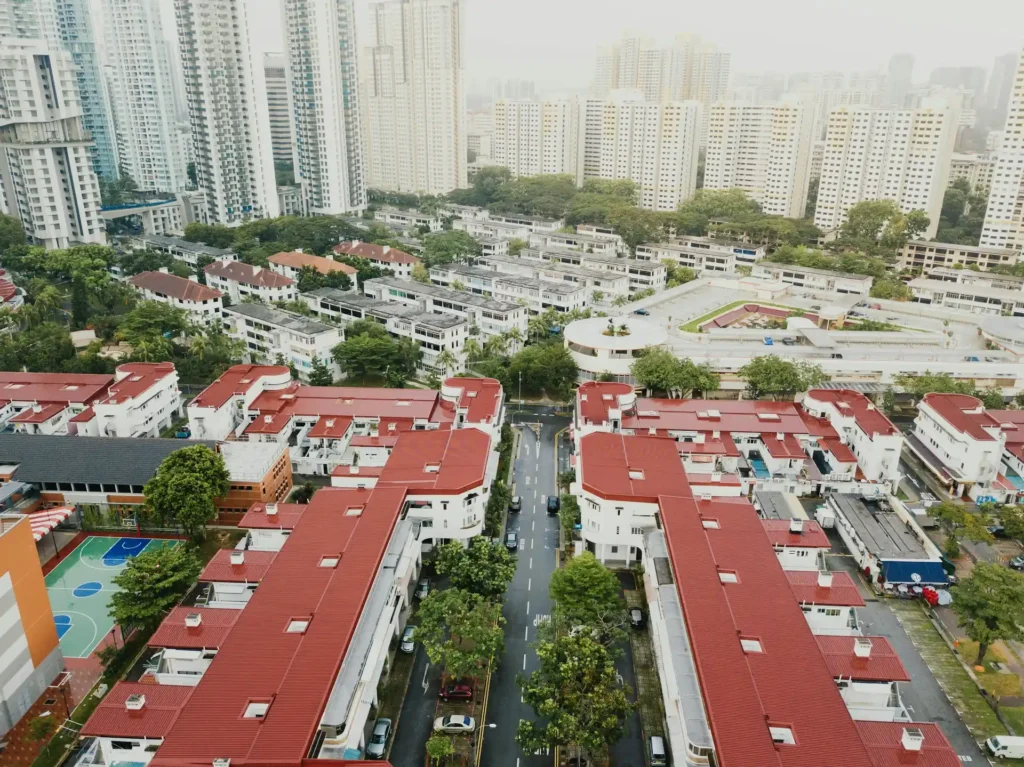
What Are the Most Effective Real Estate Development Strategies for Revitalizing Urban Areas?
Urban areas around the world are constantly evolving. As cities expand, older neighborhoods often face decay, underused spaces, and a need for renewal. That’s where smart real estate development strategies for urban areas play a vital role transforming neglected properties into vibrant communities that generate economic growth, social benefit, and long-term sustainability.
So, what are the most effective strategies developers and city planners can use today? In this guide, you’ll discover practical approaches, success stories, and key principles behind impactful real estate development strategies for urban areas.
Why Urban Revitalization Matters
Before we break down the best strategies, let’s understand why urban revitalization is so important.
Population Growth: More than half the world’s population now lives in cities. Urban areas are magnets for jobs, innovation, and opportunity.
Aging Infrastructure: Many city districts have outdated buildings, vacant lots, and underutilized industrial zones.
Community Impact: Smart redevelopment can bring new housing, public spaces, and economic activity that uplift entire neighborhoods.
Effective real estate development strategies for urban areas tackle these challenges and unlock value for both investors and communities.
1. Mixed-Use Development
One of the most successful real estate development strategies for urban areas is mixed-use development. This approach combines residential, commercial, and sometimes industrial or cultural spaces within a single project or block.
Why it works:
Creates 24/7 activity, increasing safety and vibrancy.
Reduces commuting time and traffic congestion.
Supports local businesses with a built-in customer base.
Example:
Historic warehouse districts converted into loft apartments above ground-floor cafes and shops. Think of SoHo in New York or Docklands in Melbourne.
2. Adaptive Reuse of Existing Buildings
Instead of demolishing old structures, adaptive reuse breathes new life into them. This sustainable approach turns abandoned factories, schools, or warehouses into modern offices, apartments, or cultural hubs.
Benefits:
Preserves historical architecture.
Reduces construction waste.
Often faster and cheaper than building from scratch.
Example:
An old textile mill repurposed as trendy lofts and coworking spaces.
3. Transit-Oriented Development (TOD)
Another proven real estate development strategy for urban areas is TOD focusing new development near public transportation hubs.
Benefits:
Encourages walkability and reduces car dependency.
Increases property values near stations.
Attracts young professionals and students.
Example:
High-density residential and retail developments around metro or light rail stations.
4. Community-Centric Design and Engagement
Revitalization is most successful when communities are included in planning. Developers and cities are realizing that people want a say in how their neighborhoods evolve.
Strategies include:
Holding town hall meetings and workshops.
Designing public spaces like parks, plazas, or community centers.
Integrating affordable housing to prevent displacement.
5. Green and Sustainable Building Practices
Urban revitalization shouldn’t come at the cost of the environment. Sustainable development is now a core pillar of leading real estate development strategies for urban areas.
Key practices:
Using energy-efficient materials and designs.
Incorporating green roofs and urban gardens.
Building to LEED or similar environmental standards.
6. Public-Private Partnerships (PPPs)
Many large-scale urban projects succeed through collaboration between governments and private developers.
Why PPPs work:
Share risk and funding responsibilities.
Leverage public land for community benefit.
Unlock resources for large infrastructure improvements.
Example:
A city donating underutilized land for affordable housing in exchange for developers building mixed-income communities.
7. Revitalizing Underserved Neighborhoods
Some of the greatest potential lies in neighborhoods that have suffered from disinvestment.
Strategies include:
Offering tax incentives for developers.
Supporting small businesses and local entrepreneurs.
Investing in new schools and public services alongside real estate projects.
These efforts ensure real estate development strategies for urban areas truly uplift existing residents.
8. Focusing on Placemaking
Beyond buildings, successful urban development is about creating places where people want to gather, connect, and thrive.
Elements of good placemaking:
Safe, well-designed public spaces.
Accessible pedestrian and bike paths.
Art installations and cultural events that build identity.
9. Smart Technology Integration
Modern cities benefit from integrating smart technology into development.
How it helps:
Smart grids and energy systems reduce costs.
IoT devices enhance security and efficiency.
Data collection helps cities adapt services to resident needs.
Case Study: How Real Estate Development Revitalized a City Block
Consider a real example: A rundown block of abandoned warehouses transformed into a vibrant arts district.
Key strategies used:
Adaptive reuse of warehouses.
Mixed-use zoning allowing studios, cafes, and apartments.
Public-private funding for street improvements.
Community involvement in the design process.
Within a few years, the area saw a 40% increase in property values, hundreds of new jobs, and a thriving local culture scene.
Economic Impact of Urban Real Estate Development
Successful real estate development strategies for urban areas do more than build properties:
They create jobs in construction, retail, and services.
They increase property tax revenues for cities.
They attract new residents and businesses.
They can raise educational outcomes by funding better local schools.
Sustainability and Social Impact
Today’s investors and developers recognize that revitalization must be inclusive and sustainable.
Projects that balance profit with social and environmental goals tend to have stronger long-term returns.
The most effective real estate development strategies for urban areas share common principles:
Respect existing communities and history.
Engage stakeholders early.
Design for mixed-use and walkability.
Use sustainable materials and smart technologies.
Partner with the public sector when needed.
When done right, these strategies don’t just build properties they build stronger, more vibrant cities for generations to come.
FAQs for Real Estate Development Strategies
Mixed-use development, adaptive reuse, transit-oriented development, and community engagement are proven approaches.
It creates jobs, improves infrastructure, raises property values, and enhances quality of life.
It means repurposing old buildings for new uses instead of demolishing them.
It reduces environmental impact, lowers costs, and makes projects more resilient.
By holding meetings, listening to residents, integrating affordable housing, and designing welcoming public spaces.




